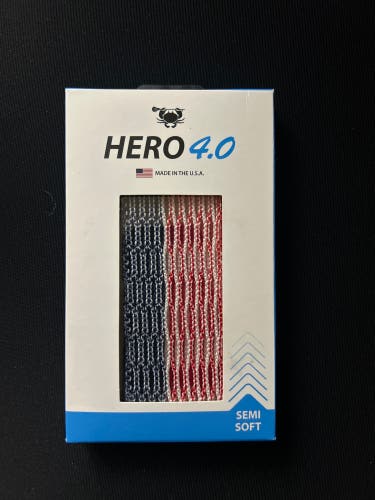Lacrosse Mesh & Stringing Supplies
274 Results
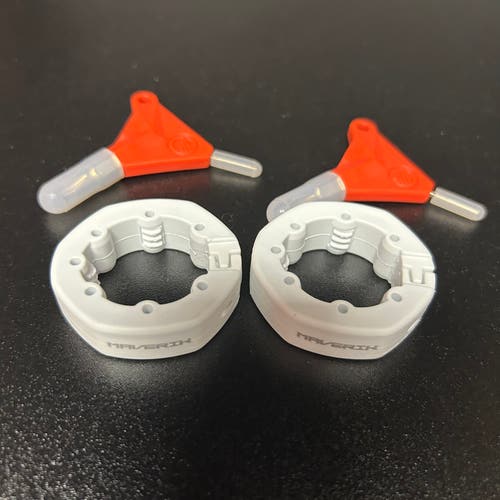
laxalldaylong

Man33
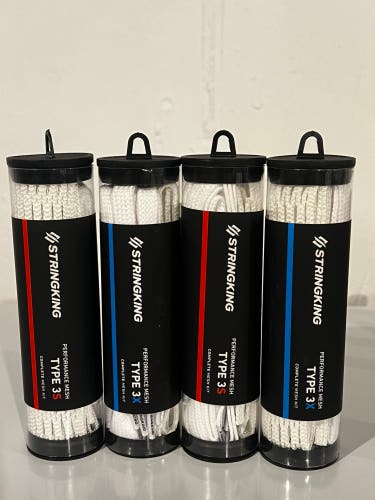
mitchm7

mitchm7
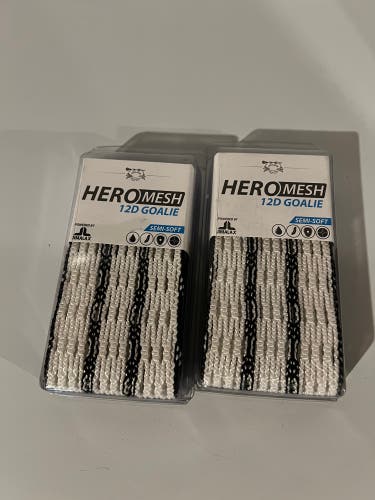
mitchm7

CGilford
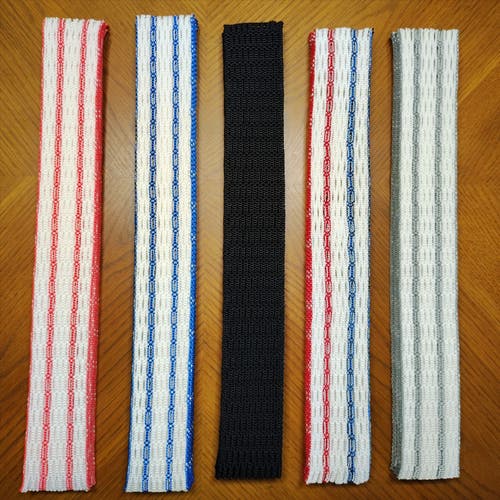
Spartanlax6116
!FREE SHIPPING! (1) New ECD Hero 2.0 semi soft Mesh W/String Kit (Jimalax ECD) YOU PICK THE COLORS!
$16$1811% OFF
Retail price: $30
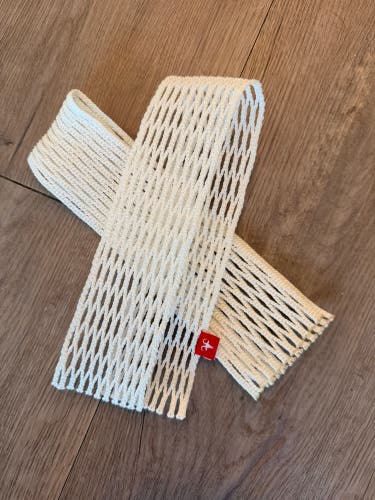
jpowers1410
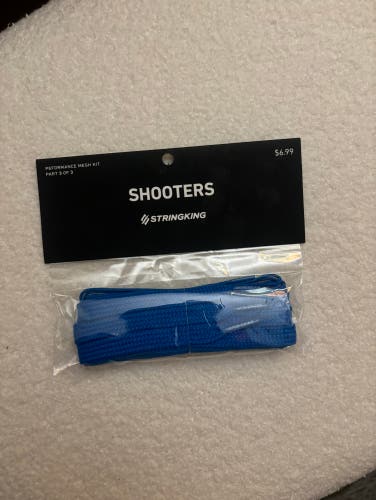
Woody_20

barrettthorman

Dinlegend

Dinlegend
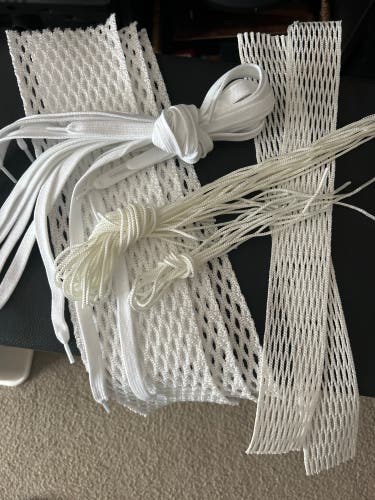
Dinlegend

PC_SportingGoods
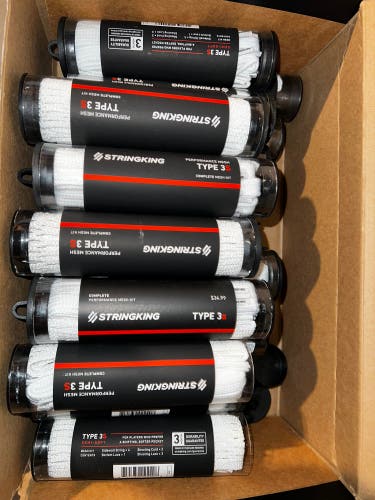
mitchm7

fjaylax
(LAST ONE) GRATEFUL PACK Throne Of Strings LE FIBER 2 Mesh Limited FDNY Edition
$157$17510% OFF
Retail price: $65
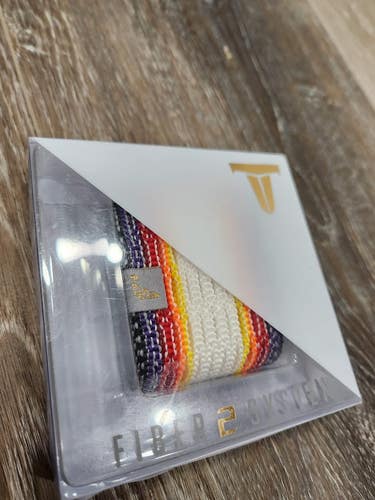
fjaylax
Last one SOLAR Throne Of Strings LE FIBER 2 Mesh Limited Edition LAST ONE!
$67$7511% OFF
Retail price: $85
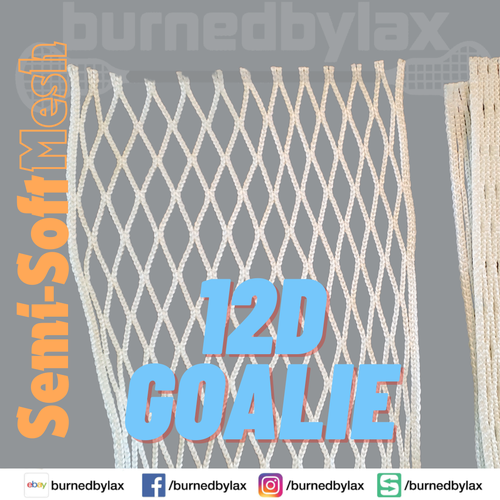
burnedbylax

laxgoalie001
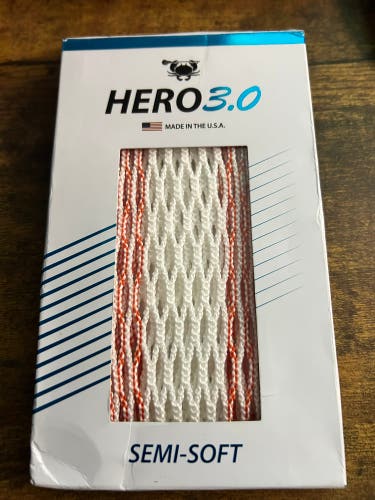
elcowa
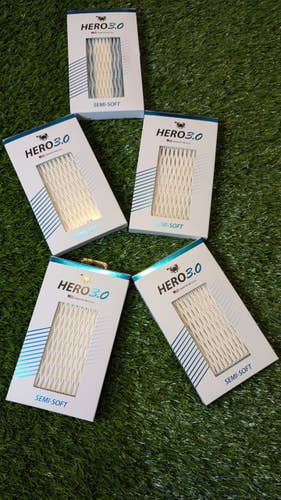
Bigsalesrd
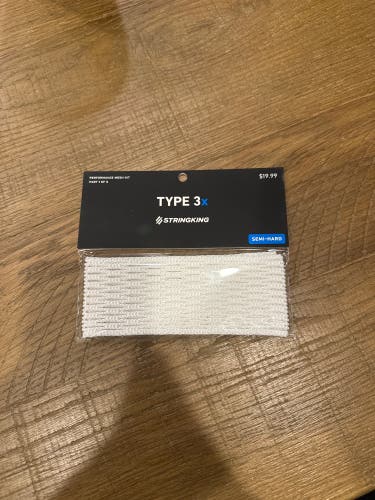
TheLaxGuyyyyyy

TheLaxGuyyyyyy
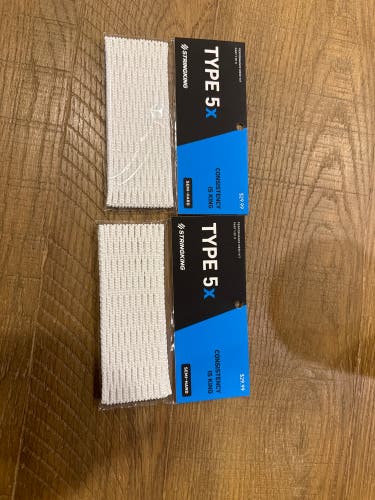
TheLaxGuyyyyyy

burnedbylax
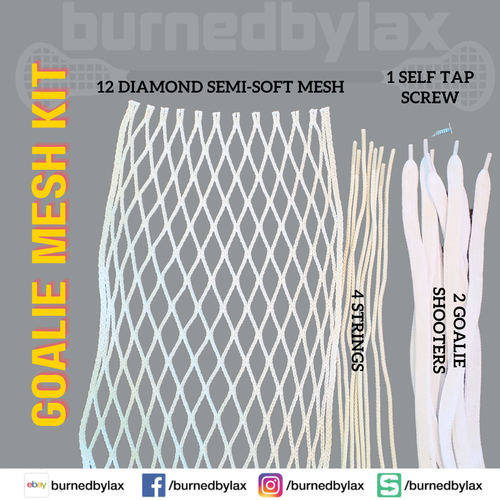
burnedbylax

burnedbylax
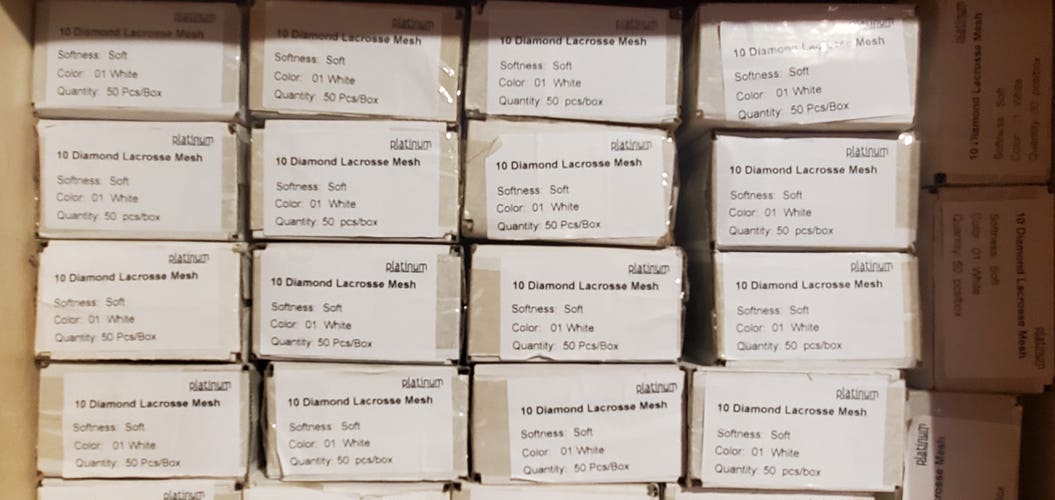
burnedbylax
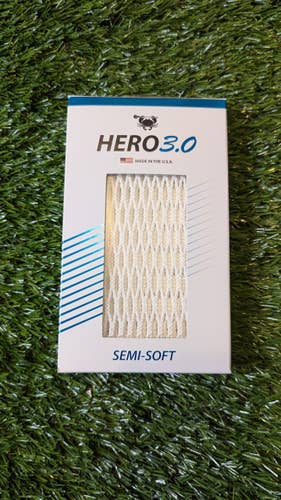
Bigsalesrd
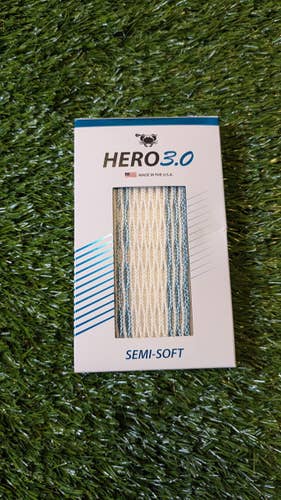
Bigsalesrd
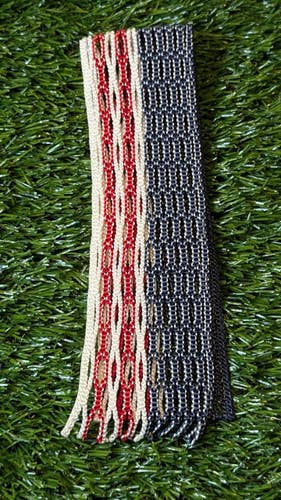
Bigsalesrd
